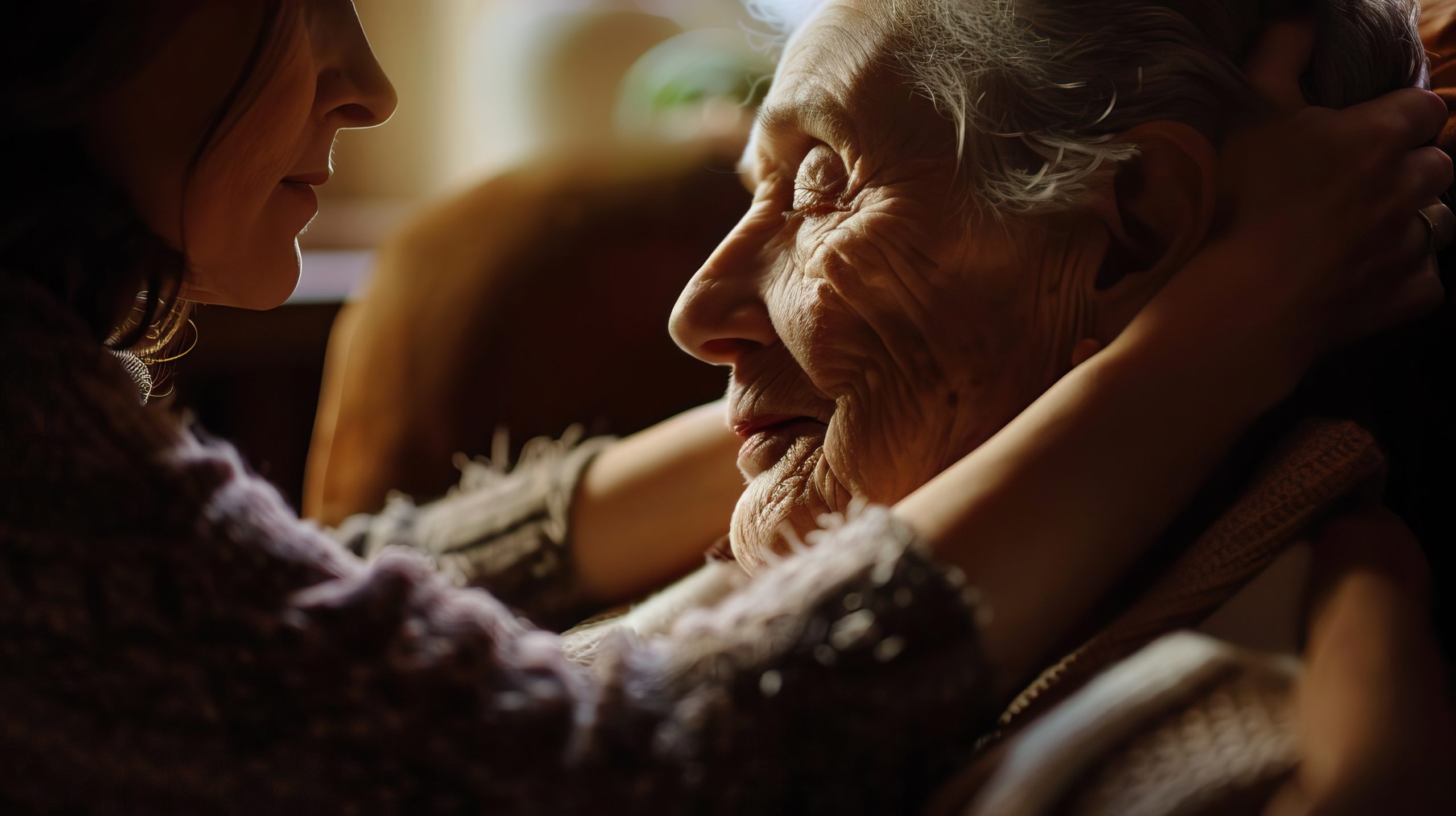Home Health Matters: A Look at In-Home Hospice Care
It used to be the case that families looked outside the home in order to provide proper care for a loved one. This often meant a nursing home or assisted living facility environment.
Today, in-home hospice care is a viable alternative option for many that enables a loved one to receive care in their own environment, a place that is associated with the regularity of their life and usual comforts.
As a special category of care for individuals experiencing life-limiting illness and/or advanced aging, hospice targets quality of life. With attention to the later stages of incurable conditions, diseases, and the elderly, the philosophical approach to this form of care isn’t to interfere with the final stages of life, death, or to postpone the inevitable. Instead, it concentrates on bringing dignity, quality, and family-centered care to the forefront of the end-of-life experience.
Starting Hospice
Usually hospice is a service that is referred to when a disease or condition is no longer controllable or curable. Most of the time, this type of care is invoked when a loved one is given six months or less to live. Hospice starts when the team of caregivers, including doctors and family members, decide together that it is the best course of action.
It should be stated that studies show that many times, people wait to start hospice because they feel that it signals giving up or resigning—but in reality, hospice care can bolster quality of life and contribute to an overall increase in satisfaction even when in the advanced stages of an illness.
At Wings of Hope, we know just how difficult it can be to shepherd a loved one through painful situations, but if and when you run out of treatment options, or the outlook for time is short-lived, then it’s in everyone’s best interest to open a line of inquiry and start the conversation about hospice.
Primary Care Giving
With in-home hospice care, services are provided by a team of healthcare professionals in tandem with a primary caregiver. This assembled team provides care around the clock. Upon entry into hospice, a primary caregiver must be identified; usually, the role is filled by a member of the loved one’s family or a close friend. Together, the team works to create a careful plan to tend to the patient’s needs and preferences.
When hospice is received in-home, this primary caregiver is tasked with many of the physical care items in addition to maintaining a record of symptoms. It’s also up to this individual to organize and share care responsibilities with other family members and additional caregivers. If a family member is unavailable to take on this role, one of the hospice team members will assume the role.
Who is on the Team?
Most hospice teams are comprised of an interdisciplinary group of professionals assembled on the base of the needs and preferences of the loved one. It’s not unusual to have the following on a hospice healthcare team:
- Medical director
- Hospice doctor
- Other doctors
- Nurses and nurse practitioners
- Social workers
- Counselors
- Dietitians
- Pharmacists
- Home health aides
- Clergy
- Physical and occupational therapists
- Speech-language pathologists
- Hospice aids
- Homemakers
- Volunteers
What is Included in Hospice Care?
Depending on whom you seek hospice care from, the services and team members may vary, but the basics exist across the board:
- Palliative Care
Sometimes referred to as comfort or supportive care, palliative care takes stock of your loved one’s whole person and aims to alleviate or control symptoms including stress and pain.This means that nausea, discomfort, pain and other side effects from any illnesses are minimized as much as circumstances allow, while ensuring that your loved one is as alert as possible. Other components of palliative care can be delivered by a larger team that looks to manage physical, emotional, social, mental, and spiritual issues as they arise. - Unrelated Conditions
Under hospice benefits, other health conditions not related to the terminal illness are to be included in care. Refer to hospice benefits to check coverage of benefits and services. - Spiritual Care
Regardless of religious affiliation or beliefs, spiritual care is an outlet to help process what death means, how to say goodbyes, and if any ceremonies or rituals are important to you. - Respite Care
This channel of hospice care is a service that grants friends and family brief periods of time away from caregiving. Up to five-day periods of time can be used to plan small vacations, attend a special event, or just take some rest while care is assumed in a hospice facility or nursing home. - Bereavement Care
After suffering a loss, hospice does not end. The team continues to work with loved ones to help them process their grief and see them through a period of mourning. Bringing together volunteers with professional counselors and sometimes a clergy member, the team provides much-needed support for up to a year after a patient’s death.
Choosing Location of Care
As illnesses progress, the type of care required may change. Initially, determining priorities about what is important and where you would prefer to be cared for can inform choices. It is critical to keep an open dialog and discuss preferences early on.
While knowing and having support in how care is given is a priority, often it’s not always possible to stay at home. In-facility and hospital-based hospice programs may need to be used intermittently if the level of care and access to support services is needed. A patient may be able to return back to in-home care if and when they are comfortable again.





